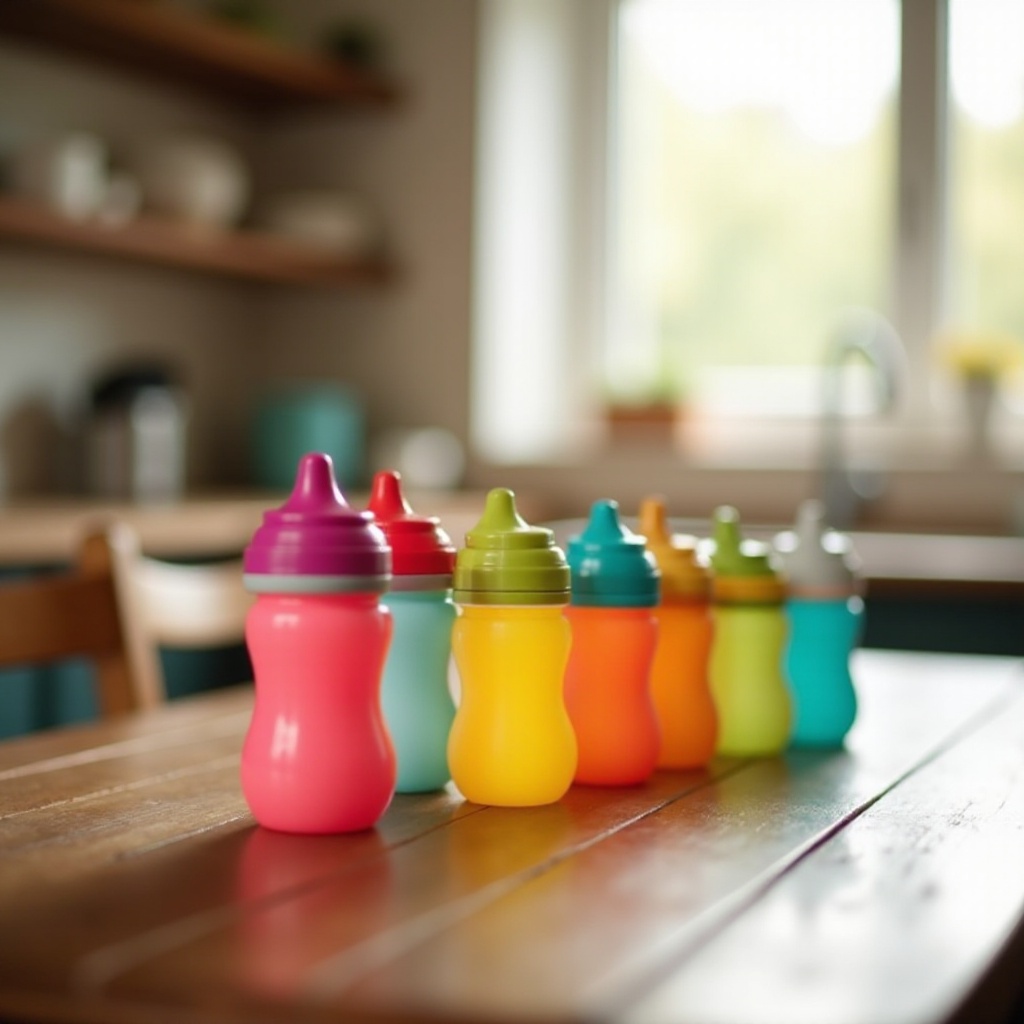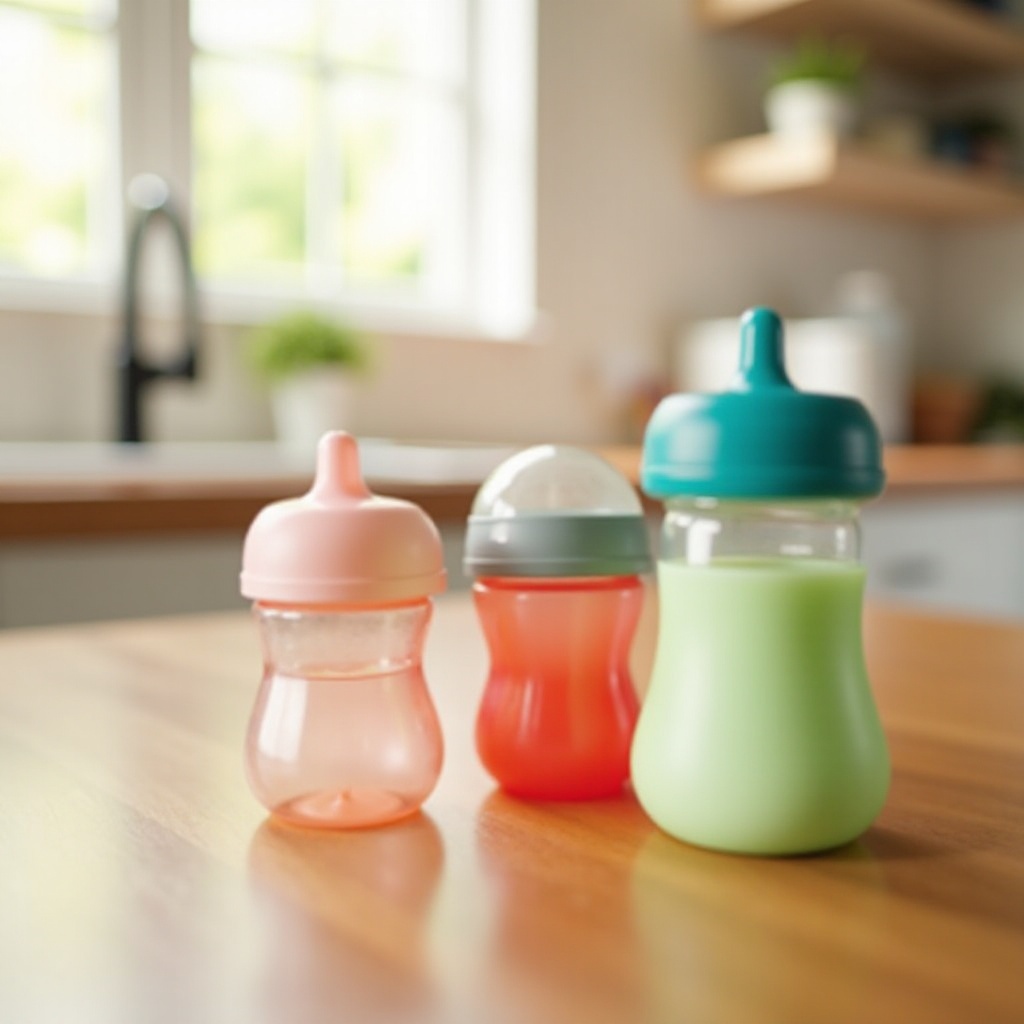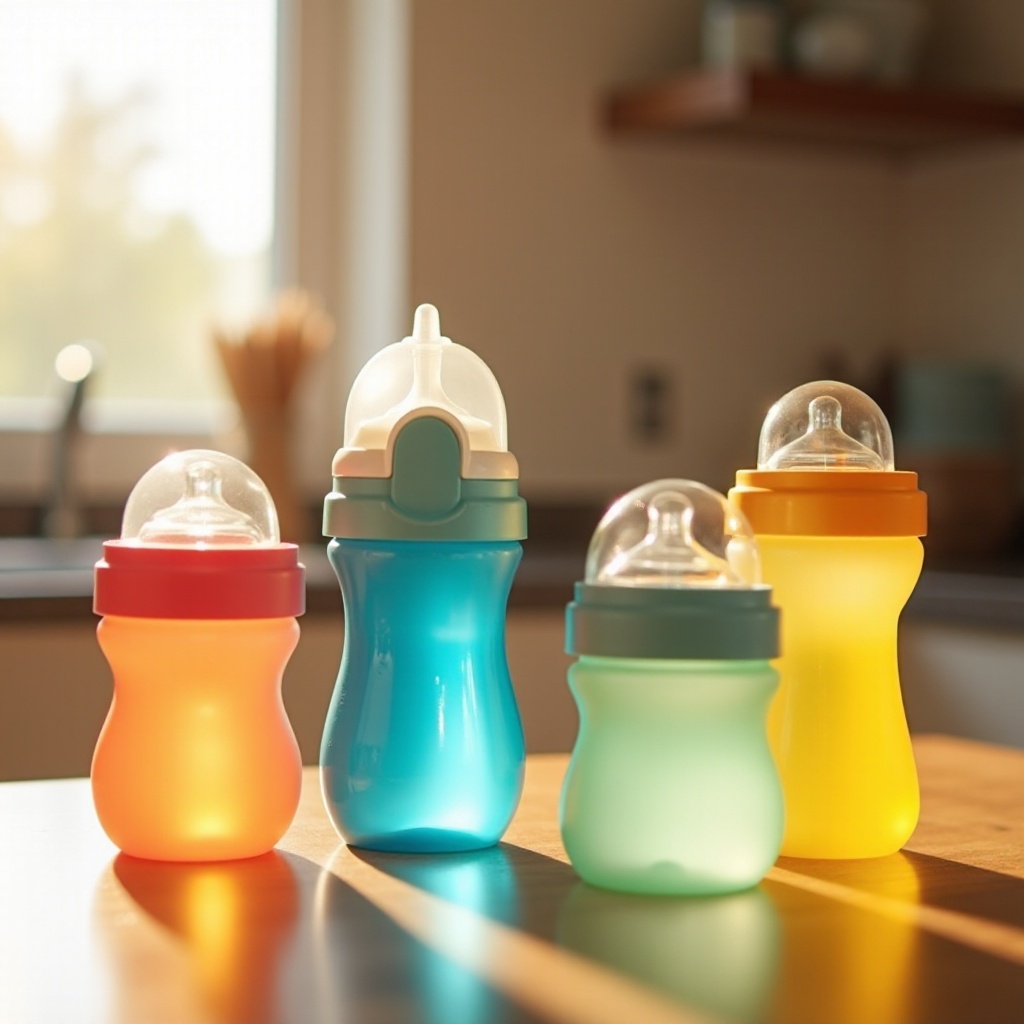Discovering the Best Sippy Cup After Bottle for Your Child
When your baby moves from a bottle to a sippy cup, it’s a milestone that marks growth and independence. The transition might seem challenging, but the right sippy cup can simplify it. This guide will explore must-have features, top picks for 2024, and practical tips to make this change smooth and enjoyable for your child.
Introduction
Transitioning from a bottle to a sippy cup is vital for your child’s development. It fosters independence, supports oral health, and improves coordination. To ensure success, choosing a sippy cup that meets your child’s requirements is essential.

Understanding the Transition from Bottle to Sippy Cup
Switching from a bottle to a sippy cup requires patience and understanding about its importance and supporting your child through the journey.
Importance of the Right Timing
Timely transitions are crucial. Pediatricians typically recommend introducing a sippy cup around six months, but every child is unique. Start slowly, adding the sippy cup alongside regular bottle feedings.
Developmental Benefits
Transitioning aids motor skills by requiring your child to control liquids and use a cup independently, encouraging skills beyond those needed for a bottle.
Common Challenges During Transition
Expect challenges during the transition; some reluctance is normal. Keep calm and positive, offering the cup during mealtimes or with a preferred snack.
Essential Features to Look for in a Sippy Cup
Knowing what to look for in a sippy cup can make a significant difference in the transition experience. Safety, comfort, and usability are critical.
Material Safety and Durability
Ensure your choice is free from BPA and other harmful chemicals, opting for robust materials like stainless steel or sturdy plastics that withstand daily wear.
Leak-Proof Design
Select leak-proof designs to save time cleaning spills. Look for a cup with a secure lid and a well-engineered spout or straw to avoid messes.
Ease of Cleaning and Maintenance
Convenience in cleaning is crucial. Choose a cup that disassembles easily and is dishwasher safe, facilitating easy maintenance.
Ergonomic and Child-Friendly Design
Prioritize cups with handles suited for little hands. The design should promote easy handling and offer a fun experience for your child.

Top 5 Sippy Cups for Every Need in 2024
Choosing the best sippy cup involves consideration of different needs. Based on reviews and research, here are the top selections for 2024.
Best Overall Sippy Cup
The ‘Miracle 360 Trainer Cup’ is known for its spill-proof design and support for oral health, allowing drinking from any angle. It’s a versatile option suitable for most kids.
Best Budget Option
Offering excellent value, the ‘Nuby No-Spill Super Spout’ is budget-friendly, easy to clean, and features a soft spout gentle on gums.
Best for On-the-Go Families
For active families, the ‘CamelBak Eddy Kids’ boasts a no-spill straw and convenient design, ideal for trips or car rides.
Best Eco-Friendly Choice
The ‘Green Sprouts Glass Sip & Straw Cup’ is a sustainable option, combining a glass body with a silicone spout for a chemical-free choice.
Best for Transition from Bottle
The ‘Philips Avent Natural Trainer Cup’ offers a nipple-like spout with a cup form, easing the shift from bottle to cup.
Tips for a Smooth Transition to Sippy Cups
With your selected cup, these tips ensure a pleasant and effective transition for your child.
Gradual Introduction Strategies
- Begin by replacing one bottle feeding per day with a sippy cup.
- Serve their favorite drink to build a positive association.
- Encourage practice during bath time where spills aren’t an issue.
Engaging Activities to Encourage Use
Create fun activities like stacking cups or incorporating coloring sessions with the sippy cup. Share stories about ‘big kids’ using these cups to spark interest.
Addressing Safety and Health Concerns
Safety is paramount when transitioning to a sippy cup, and with the right knowledge, you can ensure it’s a secure experience.
BPA and Chemical-Free Options
Choose cups labeled BPA-free and verify certifications that ensure safety from other harmful chemicals.
Age-Appropriate Use Tips
Consult manufacturer recommendations to ensure age-appropriateness. Observe your child’s readiness and evolving preferences to guide progress.

Conclusion
Transitioning from a bottle to a sippy cup is a milestone marking your child’s growth. By following these tips and recommendations, you can support your child through this exciting phase confidently.
Frequently Asked Questions
What age should a child start using a sippy cup?
Experts recommend starting around six months, but consider your child’s unique readiness.
How do I clean my sippy cup effectively?
Disassemble the cup and clean all parts with mild soap and warm water. Most parts are dishwasher safe.
How can I encourage my child to switch from a bottle to a sippy cup?
Be patient and positive. Use gradual strategies and ensure they see the sippy cup positively.
